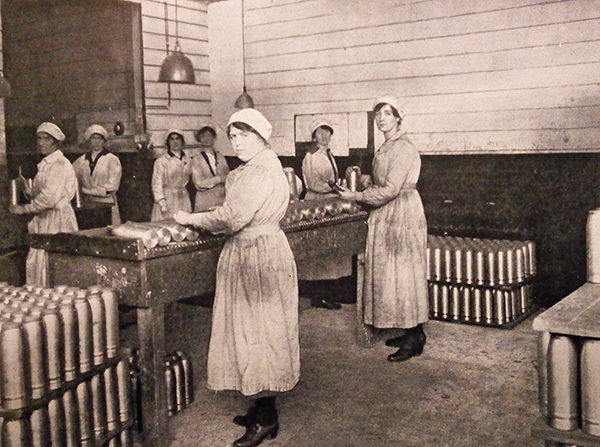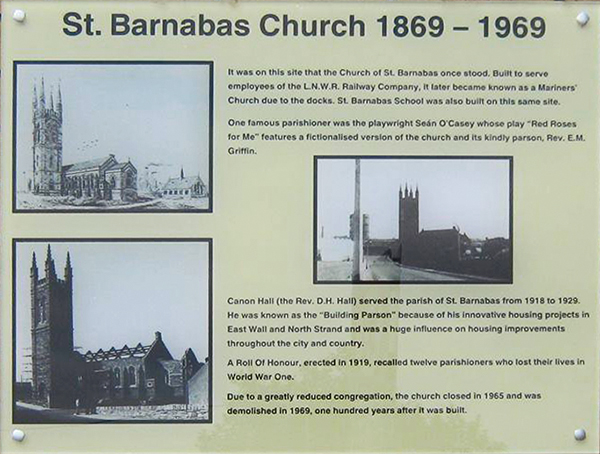
Images supplied by East Wall History Group.
Amongst our myriad and many talents here at NewsFour, we are a Docklands newspaper. For many, talk of the Dublin Docklands might inspire picture-postcard mental images of the Convention Centre or Grand Canal Dock and its upmarket image, acquired by the skin of the Celtic Tiger’s teeth.
As you move east along the Liffey and speak to those who live near the mouth of the river, the term ‘Docklands’ takes on a different flavour and significance. NewsFour spoke with Joe Mooney from the East Wall History Group, to see what the group have been up to and what’s old that’s new.
“Last year was the 50th anniversary of Sean O’Casey’s death. He lived in East Wall and the North Dock area during his formative years. There’s no doubt those areas were central to his development. He moved to Hawthorne Terrace in 1889, he would have been about nine years old, and then he lived on Abercorn Road near North Wall from 1897 until about 1920. So during that period, you have the rise of the trade unions, the Lockout, the Easter Rising. He would have known some of the main figures.”
To commemorate the great playwright, plaques were unveiled on Sheriff St, the former site of St Barnabas’s, demolished in 1969 but which would have been O’Casey’s parish church. The Sherrif St unveiling was by broadcaster Joe Duffy, a longtime O’Casey enthusiast. A plaque was also unveiled on Hawthorne Terrace. These events were filmed to create the documentary Sean O’Casey Lived Here – A Community Remembers which is free to view online on Vimeo.
In sadder news, the East Wall History Group lost one of its most valued members last year when Sarah Sunflower Lundberg died suddenly. Sarah had been featured in the pages of NewsFour before. She was a historian, editor, archivist, publisher, teacher and poet. In her honour, the Group have instituted a new tradition: the Sarah Sunflower Summer Schools. Joe explained to us that “last year, we held an East Wall History Festival, which Sarah had helped organise before her death, and in that we held raffles and fundraisers for Cycle for Suicide, the suicide awareness charity.”

The first of the summer schools will be one or two days in July this year on the life of Dr. Kathleen Lynn. “Sarah was in the middle of what would have been a series of books on Kathleen Lynn. She [Lynn] was involved in the trade union movement, the Irish Citizen’s Army, Republicanism and the 1916 Rising. She also helped found St Ultan’s Infant Hospital.”
Joe emphasises that they are on the look-out for speakers and contributors for the summer school and the group are contactable at eastwallhistory@gmail.com by any interested parties.
Joe will be the first to admit that he divides his attention across a bewildering spectrum of projects at various stages of development, but this is part of what makes the EWHG an important part of Docklands cultural life. “One other thing I’ve been working on is a history of the Liffey Ferry. Our intention there is to make a feature-length documentary.”
The story is a compelling one. During the First World War, there was a munitions factory in East Wall, the only private one in the country. “Obviously, the men were away being shot and blown up so the factory employed only women and girls. We have photos; one woman has been definitely identified as from East Wall, and one from Sandymount, who presumably would have used the Liffey Ferry to get to work. We’ll be doing talks about this at the end of April.”
Joe concedes that most of their focus is on East Wall by default, but makes a salient point about the tricks time can play on perception. “Go back 100 years and it’s all just the North Dock community, which leads into looking at the South Dock too. Our work overall is about the history of the Docks.”
Search for East Wall History Group on Facebook
By Rúairí Conneely



